After more than two centuries, households in Thuan Hung rice paper craft village (Thuan Hung Ward, Thot Not District, Can Tho City) still maintain the traditional way of making rice paper to preserve the brand.
The village "never sleeps"
According to many documents, Thuan Hung rice paper village was formed in the mid-19th century. Previously, this area specialized in growing rice and fruit trees, and only a few people had the skills to make rice paper. The ancestors created a type of rice paper that suited the tastes of consumers, and thanks to that, their reputation quickly spread far and wide. When purchasing power expanded, they passed on their skills to their neighbors to escape poverty. In less than 5 years, Thuan Hung rice paper village was formed and gradually became famous in the West.
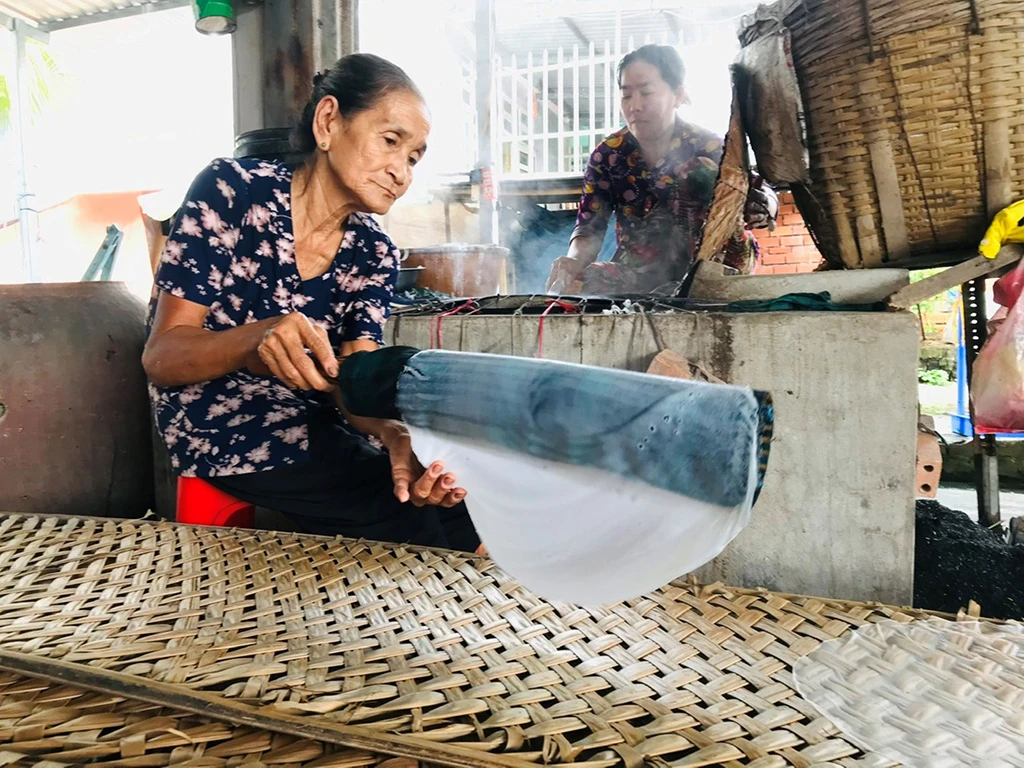
After more than 200 years, Thuan Hung rice paper village still maintains the traditional way of making rice paper.
Having been involved in the profession for more than 40 years, artisan Nguyen Thi Bung (60 years old) said that in the 1980s, the rice paper making profession in Thuan Hung was very prosperous. Almost every house had a rice paper oven, which started to burn at 3am, so it was also called "the village that never sleeps". There were so many rice paper trays that there was not enough space to dry them, so they had to build additional racks along the river bank. When it was sunny, the whole village would dry the rice paper in long rows, next to each other like giant sheets of cloth. "At that time, traders would row sampans to buy. They would go at night to sell elsewhere in the morning. It turned out that 5 hectares of rice fields were not equal to 1 rice paper oven. Every house worked all year round, and when they were tired, they could rest and not worry about the rice paper not being sold," Ms. Bung recalled.
In its heyday, the village had about 500 bakeries, mainly making salty and plain rice paper. The Thuan Hung rice paper brand gradually spread to many provinces in the Central and Northern regions, even to Cambodia. Later, people created many more types, such as: coconut rice paper, pork floss rice paper, chili rice paper, spring roll rice paper, dipped rice paper. This innovation contributed to renewing, creating highlights and "keeping the heat" of the village.
However, according to Mr. Trinh Van Truong (34 years old, living in Tan Phu area, Thuan Hung ward), since the Covid-19 pandemic, the craft village has become less vibrant. Due to the decrease in purchasing power, in addition to families with many generations of cake makers, some small kilns have temporarily "shelved". Some people go to work far away, some still stay in their hometowns but do other jobs with higher incomes, but most importantly, they do not give up the job completely. Every December, people will return to the rice paper making profession to serve the Tet market. "If you are a kiln owner, you can earn 50 - 60 million VND in a month during Tet. We often call it the golden time to return. Not only is it a bumper crop season, but the craft village also exudes a beauty that attracts many people to visit and take photos," Mr. Truong happily said.
Father to son, neighbors teach each other the trade
After more than 2 centuries, the process of making Thuan Hung rice paper has not changed, except for the support of coconut scrapers and flour mills. Although there are automatic rice paper making machines, most people still keep the traditional manual method. Workers accept to sit for many hours next to the hot rice husk furnace, bending their backs to make each rice paper. Although it is hard work, they are happy because the handmade rice paper will be as desired, just right, not too thick, not too thin.
There are usually 3 people making rice paper. The person who spreads the rice paper sits on the stove, keeping the rice husks on fire while scooping each ladle of dough into the pot. After about 15 seconds, the rice paper is cooked, the person who spreads the rice paper skillfully takes the hot rice paper out of the oven and places it on the coconut leaf tray. When the tray is full of rice paper (about 6 pieces - PV ), the other person takes it out to dry. If there is enough sunlight, the rice paper will dry in about 30 minutes and must be taken back in. On average, 3 people working for 12 hours will get about 5,000 rice paper cakes. The income is divided equally, each person gets about 200,000 VND.
The pay is not much, but the work requires continuous work. The steps of soaking rice, making flour, spreading rice cakes, watching the rice husk fire, and drying all require meticulousness and precise adjustment so that the cakes do not get damaged, warped, or cracked, making them less aesthetically pleasing. "Nowadays, the main human resources in the bakeries are mostly women and the elderly. Although few young people follow the profession, those born and raised in this land are taught by their parents to master all the steps of making cakes. If they want, they can inherit it at any time," said Ms. Duong Thi Cam Van (50 years old, living in Tan Phu area).
Thuan Hung rice paper village is preserved and maintained by the people in the form of father to son, neighbors teach each other the profession. Therefore, the rice paper here has a common, unified feature to identify the brand. The ingredients for making the cake are taken entirely from Can Tho "white rice, clear water". However, the type of rice used to make the cake, the ratio of flour mixed, and the spices added are considered part of the secret. With many unique cultural values, in March 2023, Thuan Hung rice paper making village was included in the list of national intangible cultural heritage by the Ministry of Culture, Sports and Tourism.
Mr. Nguyen Thanh Phong, Chairman of Thuan Hung Ward People's Committee, said that about 20 years ago, Thuan Hung rice paper craft village had more than 200 kilns operating regularly, now there are only 78 kilns, concentrated mainly in Tan Phu and Tan An areas. The craft village being included in the list of national intangible cultural heritage is an honor and motivation for people to make efforts to preserve and conserve. "The locality is trying to maintain the craft village to help people have jobs. In the immediate future, we have coordinated with the Social Policy Bank to help households wishing to borrow capital to expand production scale. In addition, we have coordinated with the Department of Industry and Trade and the Department of Science and Technology of Can Tho City to support people in producing packaging and branding products so that the products can develop further," Mr. Phong shared. (continued)
Source link











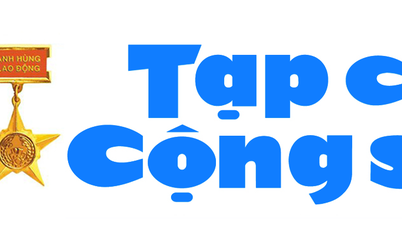

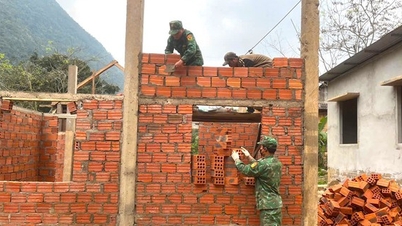

















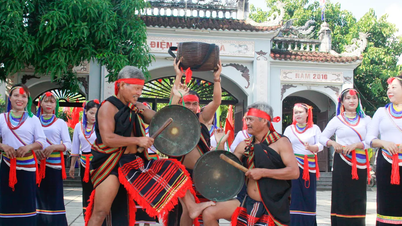

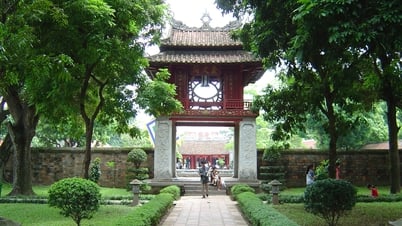






























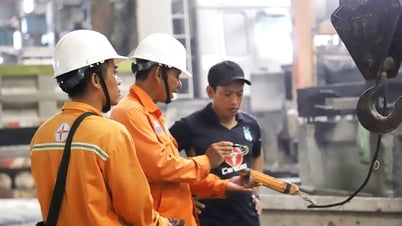




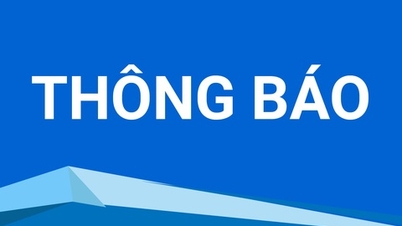




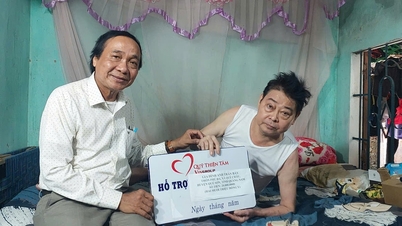
















Comment (0)